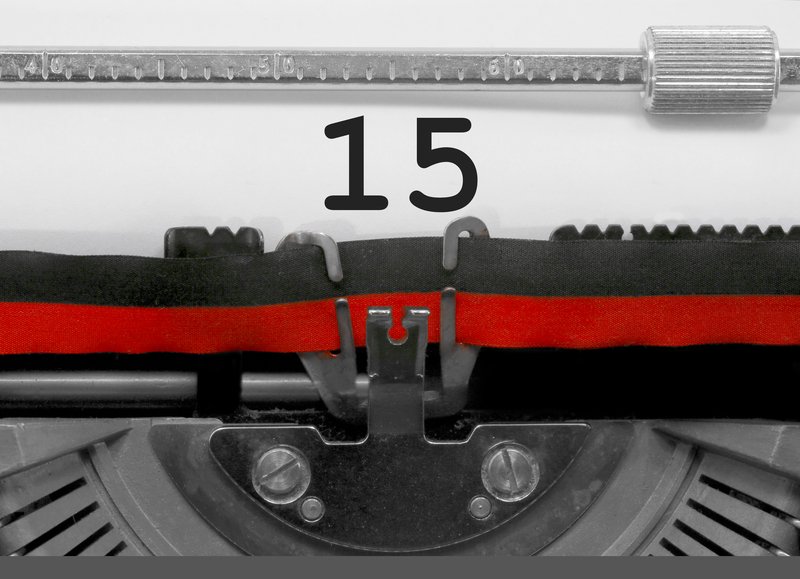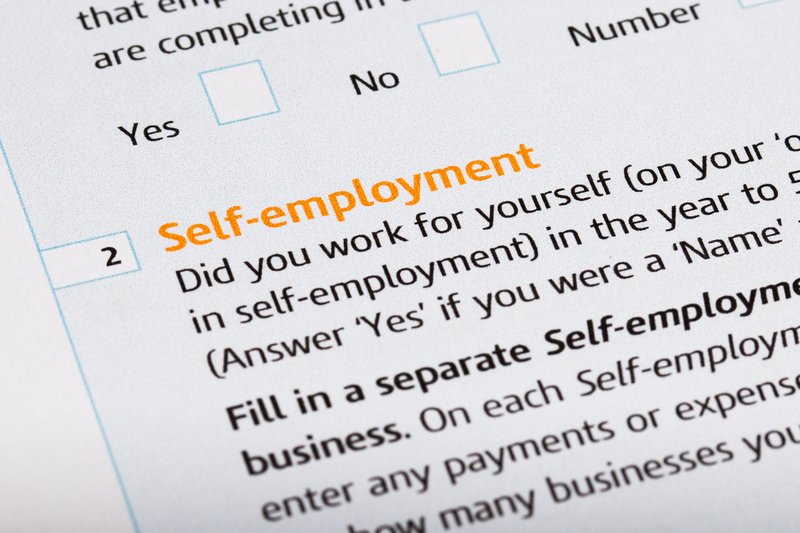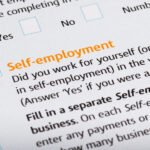With the April 2026 deadline approaching for MTD for Income Tax Self Assessment (ITSA), new research reveals a striking disconnect between awareness and how prepared small business owners are for the change.
What is Making Tax Digital (MTD) for Income Tax?
Making Tax Digital (MTD) for Income Tax is part of the UK government’s plan to modernise the tax system by making it more effective, efficient, and – in theory – easier to comply with.
The broad goal is to continue the move away from paper-based processing and towards digital record-keeping and reporting.
MTD for Income Tax Self Assessment (ITSA) will affect individuals with business or property income over £50,000 from April 2026.
And from April 2027, the threshold will drop to £30,000.
It is worth noting that MTD for ITSA will not apply to individuals whose income is from PAYE employment, limited company dividends, investments, savings and pensions only.
So, it is aimed at sole traders (the self employed) and landlords, not limited company owners.
If you fall into this category, you’ll need to:
- Keep digital records of your income and expenses.
- Send quarterly updates to HMRC via MTD-compatible software – these are summaries, not full tax returns.
- Submit an End of Period Statement (EOPS) at the end of the tax year to confirm final figures and make adjustments.
- Make a final declaration, replacing the traditional Self Assessment (SATR) return, which includes all your income and confirms your total tax liability.
Survey shows confusion over MTD implementation is widespread
According to a survey of 2,000 UK self employed taxpayers with untaxed income of over £50,000, commissioned by Intuit QuickBooks, confusion around MTD is still widespread:
- 21% don’t believe they are affected by MTD, despite clearly meeting the income threshold.
- 41% incorrectly believe MTD is mandatory or will be by this month (April 2025).
- 8% think the deadline is as late as 2027.
- half (47%) still plan to complete their tax return manually, which will no longer be allowed.
The same survey revealed further uncertainty:
- 1 in 4 taxpayers are unsure whether MTD for income tax applies to them.
- Only 59% say they’re fully aware of their tax compliance obligations.
- Even among those who expect to be affected, only 36% are “somewhat aware” of what they need to do.
This lack of clarity is leading to rising anxiety:
- 35% are worried about submitting tax returns correctly and maintaining digital records.
- 33% aren’t sure they have the right software.
- 30% don’t understand what MTD means for their business.
- Just 3% say they have no concerns at all.
Almost 3 million taxpayers will be impacted
With 2.8 million taxpayers set to be directly impacted by MTD for income tax, this marks one of the biggest tax changes in a generation. Yet support, education, and communication have not kept pace.
Quickbooks says awareness is not the issue, but understanding is. Without it, taxpayers risk being non-compliant and facing penalties when the MTD regime begins next year.
What can you do to be prepared in advance?
Free Tide Business Bank Account - £50 Cashback!

Open a free business current account to qualify + enjoy 12 months free transactions. Read our Tide review.
As the 2026 rollout approaches, HMRC, accountants, and software providers need to coordinate their efforts to help taxpayers understand what they need to do from April 2026—just one year away!
Clear, practical guidance is essential, focusing on what MTD is and how to prepare for it.
If you’re self-employed, here are some basic steps you can take:
- Make sure you have an accurate record of your income and expenses.
- Understand what your obligations are to HMRC.
- Choose and start using MTD-compatible accounting software—this is not only a massive time saver when calculating your tax, but the new rules will make it mandatory.
- If you use an accountant, they should be well aware of the deadlines, but make sure you contact them to discuss what you need to do.
- Read this great guide to MTD for Income Tax by Elaine Clark.
- Read the official guidance on the HMRC site.









